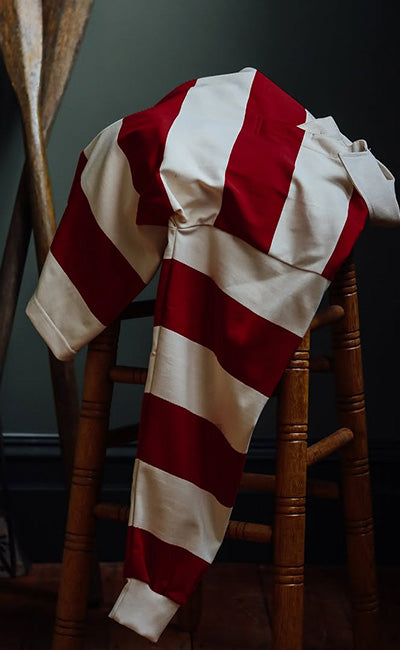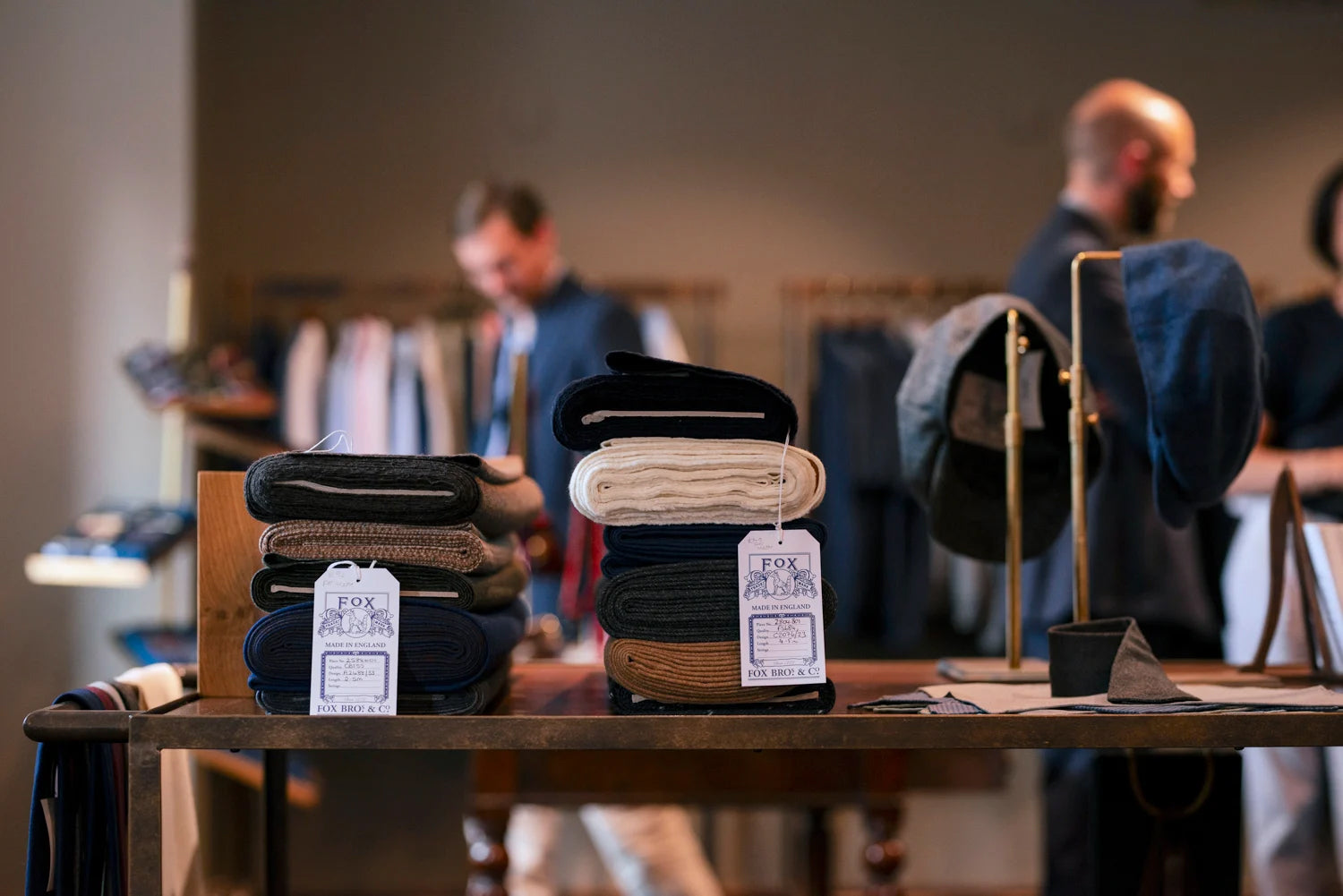
Wonderful Wool : Nature's Technical Fibre

The Campaign for Wool is a global community of sheep farmers, retailers, designers, manufacturers and you, the wool lover!
United by their patron, His Royal Highness King Charles III. The organization was launched during 2010, to help educate as many people as possible, about the incredible benefits and versatility of wool, as a valuable commodity for use in
fashion, furnishings and everyday life. Supporting many businesses and farmers around the world, whose livelihoods depend on the wool industry.
The Many Benefits of Wool
|
NATURAL Wool is a protein fibre formed in the skin of sheep and is thus one hundred percent natural, not man-made. Since the Stone Age, it has been appreciated as one of the most effective forms of all-weather protection known to man, and science is yet to produce a fibre which matches its unique properties. |
RESILIENT & ELASTIC Wool fibres are naturally elastic and can be extended up to 30 percent of their length without permanent deformation or weakening. Due to its crimped structure, wool garments have the ability to stretch comfortably with the wearer, but are then able to return to their natural shape, making them resistant to wrinkling and sagging. Wool therefore maintains its appearance in the longer term, adding value to the product and its lifespan. Wool is also highly absorbent, and retains liquids — so dyes richly while remaining colourfast. |
|
RENEWABLE As long as there is grass to graze on, every year sheep will produce a new fleece; making wool a renewable fibre source. Woolgrowers actively work to safeguard the environment and improve efficiency, endeavouring to make the wool industry sustainable for future generations. |
MULTI-CLIMATIC/ TRANS-SEASONAL Thanks to its hygroscopic abilities, wool constantly reacts to changes in body temperature, helping to maintain its wearer’s thermophysical comfort in both cold and warm weather |
|
BIODEGRADABLE At the end of its useful life, wool can be returned to the soil, where it decomposes, releasing valuable nutrients into the ground. When a natural wool fibre is disposed of in soil, it takes a short time to break down, whereas most synthetics are extremely slow to degrade. |
EASY CARE The protective waxy coating on wool fibres makes wool products resistant to staining and they also pick up less dust as wool is naturally anti-static. Innovations in wool processing mean wool items are no longer hand-wash only. Many wool products can now be machine-washed and tumble dried. |
|
NATURAL INSULATOR Wool is a hygroscopic fibre. As the humidity of the surrounding air rises and falls, the fibre absorbs and releases water vapour. Heat is generated during the absorption phase, which makes wool a natural insulator. Used in the home, wool insulation helps to reduce energy costs and prevents loss of energy to the external environment, thus reducing carbon emissions. |
ODOUR RESISTANT Wool is far more efficient than other textiles at absorbing sweat and releasing it into the air, before bacteria has a chance to develop and produce unpleasant body odour. Merino wool even absorbs and locks away the odour molecules from sweat, which are only released upon washing. |
|
BREATHABLE Wool fibres are crimped, and when tightly packed together, form millions of tiny pockets of air. Wool’s unique structure allows it to absorb and release moisture — either from the atmosphere or from the wearer’s perspiration — without compromising its thermal efficiency. Wool has a large capacity to absorb moisture vapour, up to 36 per cent its own dry weight, which is far higher than the other major apparel types, making Merino clothing extremely breathable and less prone to clammy sensations. |
A SAFE SOLUTION Wool is naturally safe and is not an allergen. Thanks to its high water and nitrogen content, wool naturally resists burning. It is the most flame-resistant of the major fibre types and will generally self-extinguish once the source of heat is removed. Compared to cotton which catches light at 255°c, the temperature must reach 570-600°c before wool will ignite. Unlike many synthetics it will not melt and stick to the skin causing burns. Finally, wool also has a naturally high level of UV protection, much higher than most synthetics and cotton. |




